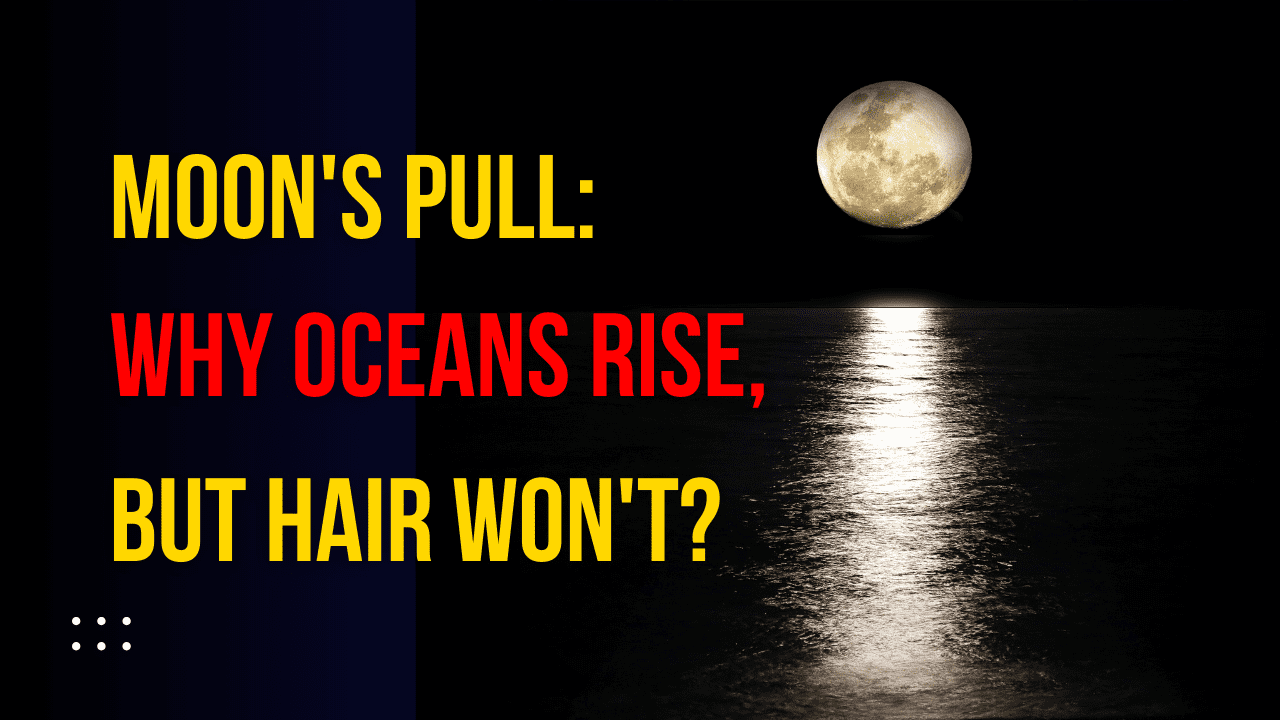Table of Contents
Intro
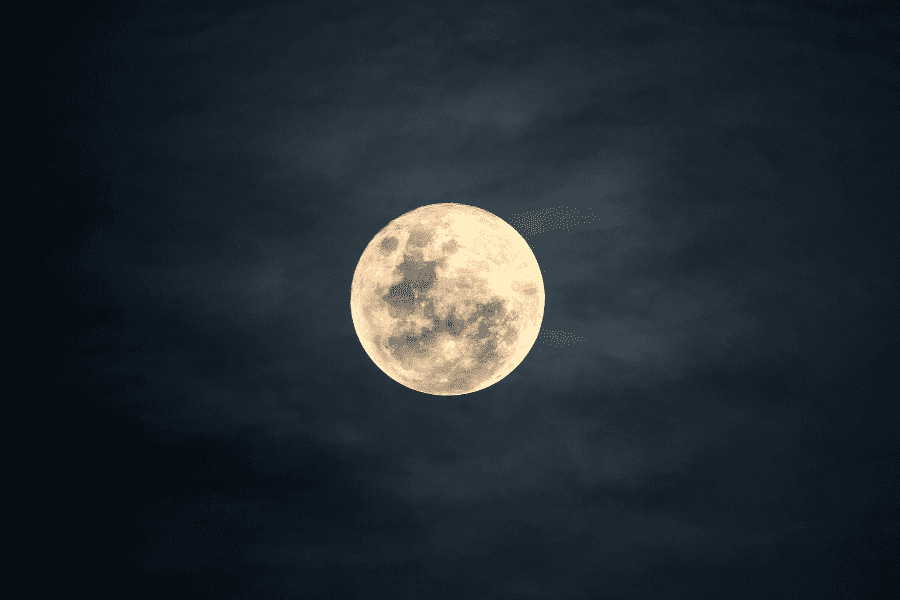
The moon’s gravity, a subtle yet powerful force, shapes many aspects of our earthly existence. From the rhythmic rise and fall of ocean tides to potential influences on biological behaviors, the gravitational pull of the moon has fascinated scientists, poets, and philosophers for millennia. This blog post delves into the moon’s gravitational effects, exploring how this celestial body’s pull is strong enough to move vast oceans yet so gentle that it leaves the smallest of Earth’s creatures untouched. Through experiments, insights, and engaging activities, we’ll uncover the moon’s impact on our planet and our lives.
1. How strong is the moon’s gravity?
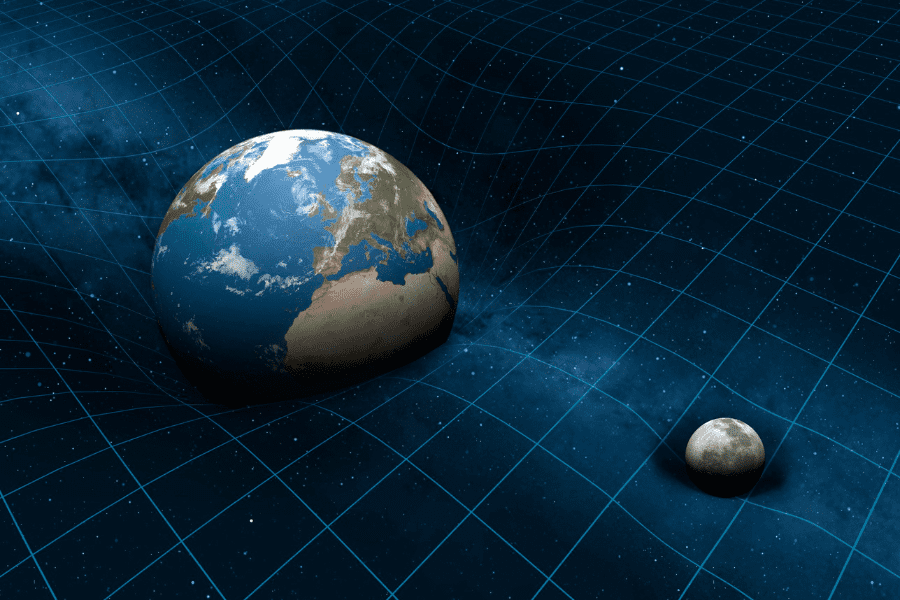
The gravity of the moon, which is both mysterious and fascinating, is a key part of the dance between Earth and its only natural neighbor. How strong is this gravitational force, especially compared to Earth’s gravity? What does this mean for our world and for us?
The Moon Compared to the Earth: A Gravitational Overview
With a circumference about 1/4th that of Earth, the moon is much smaller than our planet, and it has only about 1/6th of Earth’s gravity. Because of this difference in gravity, you would weigh a lot less on the moon than you do on Earth if you could stand there. On the moon, someone who weighs 60 kilograms on Earth would only weigh about 10 kilograms.
What the Moon’s gravity does to our bodies
Even though the moon’s pull is strong enough to change the waves on Earth, it is not strong enough to have a direct effect on our bodies. Gravity from the moon doesn’t change the shape of people or small things like hair, but it does have a big effect on large amounts of water. This small amount of power makes me wonder: if the moon can pull the waves of the ocean, why can’t it lift something as light as a hair?
Human bodies are affected by the moon’s gravity, but it’s nothing compared to the earth’s gravity, which keeps us firmly on the ground. The force of gravity that two things have on each other is based on how heavy they are and how far apart they are. As there is a very large space between the moon and a person on Earth, the moon’s pull on the person is very weak and can’t be felt.
The moon’s gravity is interesting for more reasons than science can explain. People in ancient times thought that the moon had many powers and effects, such as controlling human behavior and changing the way crops grow. Many of these myths have been busted by modern science, but people are still interested in the moon’s gravity effects, especially how it changes the tides on Earth.
2. Why doesn’t my hair lift?
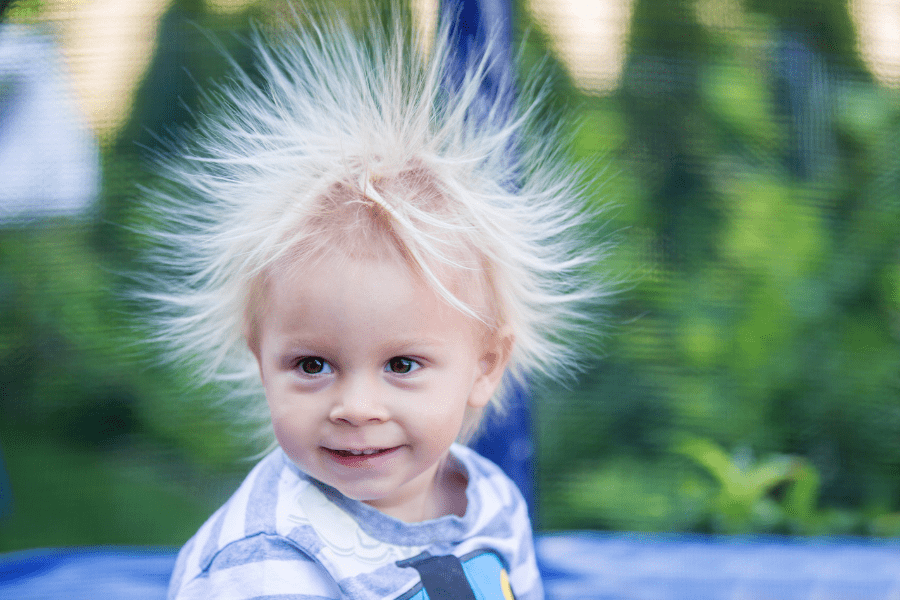
A common question that comes up when we think about the moon’s gravitational pull is: why, if it has enough power to make the huge seas rise and fall, causing tides, doesn’t it seemingly have the power to lift something as light as a human hair? We can learn more about the structure of gravity forces and the size on which they act by asking this question.
The Moon’s Gravity Is Not Very Strong
When looked at on a smaller scale, the moon’s gravitational pull isn’t very strong, but it is strong enough to affect the oceans. This happens because of the universal law of gravitation, which says that the force of gravity between two things depends on how heavy they are and how far apart they are. Due to its small size and low mass, the moon’s gravitational pull on small things on Earth’s surface, like a hair, is very weak.
Hair: Why Can’t I Take It Off?
If you look at a single strand of hair, you can see that it is not only pulled by gravity. A lot more important forces than just gravity hold the hair in place. These include electric forces in the hair and skin molecules and even frictional forces. In contrast, the moon’s gravitational pull is so weak that it can’t beat these other forces to make a difference.
To give you an idea of how strong this pull is, think about how much stronger the pull is between a human hair and the Earth than between that hair and the moon. Because of this difference in gravitational pull, we don’t see small things like hairs reacting to the moon’s gravity in the same way that huge bodies of water do.
3. The Moon’s Power Makes the Sea Move!

The moon is very powerful because its gravity can change the seas around Earth. This gravity pull shows not only how important the moon is to the Earth-Moon system but also how interesting the workings of the heavens are. Let’s look at how this force moves the water in the ocean, the strange thing that happens because the Earth is not a point in space, and why the tides change.
How does the moon’s gravity move water in the ocean?
When the moon is full, its gravity pulls on Earth’s seas, making the water level rise, which we call high tide. This bulge is caused by the moon’s gravity pulling on the water closer to it stronger than on the water farther away. As the Earth turns, high tides happen in different places that pass through this hump. At the same time, on the other side of the Earth, there is another high tide because the water is moving more slowly than the Earth’s pull toward the moon. This makes the water pile up and form a second bulge.
A Strange Event: The Size of the Earth Does Matter
Things like tides are very interesting because they show that the Earth’s size and bulk play a big role in the effects of tides. The Earth and its seas stretch because the moon’s gravitational pull is different on the side of the Earth that is closest to the moon and the side that is farthest from the moon. This difference is called the gravitational gradient. High and low tides happen on a regular basis because of this difference in force. The tidal bulges move around the planet as it spins.
What makes the difference between tides happen?
Different parts of the world have different tide experiences because of things like where the moon, earth, and sun are in relation to each other. During full moons and new moons, when the sun, earth, and moon are all in the same place, the solar and lunar tides work together to make the spring tides higher than usual. When the sun and moon are at right angles to Earth, like during the first and last parts of the moon, their gravity pulls cancel each other out. This causes neap tides, which are lower than normal.
The form of the shoreline and the ocean floor can also make the effects of the tides stronger or weaker in some places. When water is pushed into a small space, like a funnel-shaped bay, the tide can rise very high.
4. How does the moon’s power change our lives?
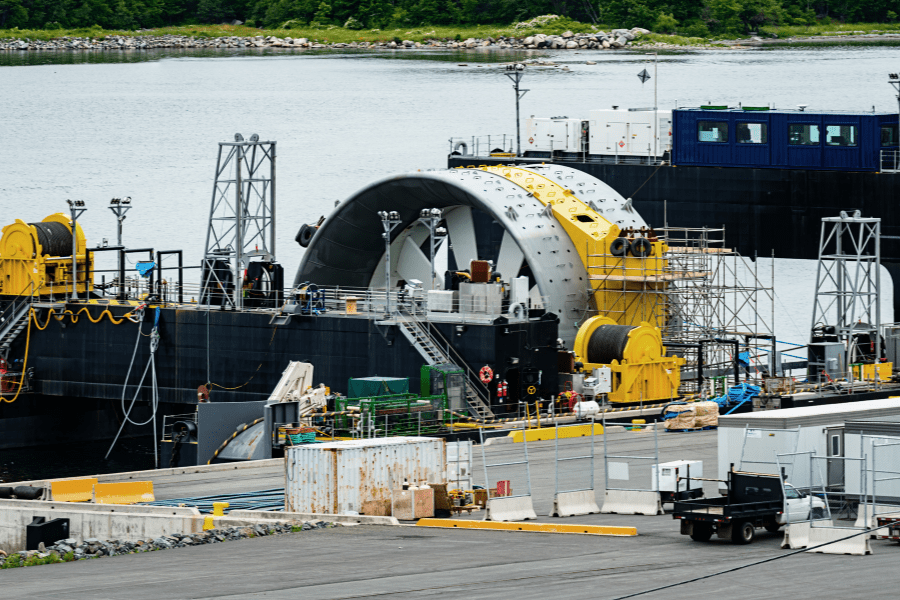
The moon’s gravitational pull does a lot more than just control the tides. It has a huge effect on the marine environment, on the use of tidal power for green energy, and on our culture and history in a mysterious way. From the deepest parts of the sea to the cutting edge of clean energy tools, this chapter looks at how the moon’s gravity affects our lives.
Effects on the marine ecosystem
The moon’s gravity causes the waves to rise and fall in a rhythmic way. This is very important for the health and survival of marine environments. The tides help mix the water along the coast, which brings nutrients from deeper levels to the top and helps plankton grow. Plankton is the base of the marine food chain. This cycling of nutrients is very important for marine habitats and affects all living things, from tiny bacteria to big marine mammals.
Tides also create special intertidal zones, which are places that are submerged at high tide and visible at low tide. Crabs, mussels, and sea stars are just a few of the species that live in these places and have learned to adapt to the changing conditions. These living things often have survival and reproduction processes that are in sync with the phases of the moon. This shows how closely celestial movements are linked to life on Earth.
Tidal Power: Making Electricity How to Use the Moon’s Power
Tidal power, a type of electrical energy that turns the energy from the waves into useful forms of power, mostly electricity, is one of the most direct ways that the moon’s gravity affects our lives. Because it doesn’t release greenhouse gases or other pollutants, tidal energy is a good alternative to fossil fuels because it can be used over and over again.
Tidal power works on a simple idea: when the tide comes in, water is trapped in pools behind walls. The water moves back to the sea when the tide goes out, going through turbines that make power. Because the tides are controlled by the lunar cycle, they can be relied on as a stable source of energy. However, it can only be used in places where the gap between high and low tides is large.
Find Out More About the Moon’s Mystical Power
Aside from its physical effects, the moon has always had a special place in faith and society. The moon has been a sign of wonder, beauty, and change for a very long time. It has been a big part of myths, art, and writing from all over the world. People have used the lunar cycle to tell time, plan farming, and even change religion and social routines.
The moon’s phases have also sparked interest and wonder, leading to important science findings and explorations, such as the historic Apollo missions that put people on the moon for the first time. These projects not only helped us learn more about the world, but they also made technological improvements that help people in many ways.
The moon’s gravity has an impact on more than just the water around Earth. It also has an impact on human culture, creativity, and travel. Its pull affects all parts of life and makes us think of our link to the universe and how forces from space affect life on Earth. Even though we are still trying to figure out the secrets of the universe, the moon continues to amaze and inspire us, pushing us to travel beyond our planet.
Discover More
If this article made you happy and taught you something, I’m sure our next article will do the same for you. Each piece is carefully written to help you understand things better and enjoy reading more. So, to keep exploring and having fun, just click on this link to go to our next story.
Blood Types Origin: Did Humans Originally Have Only Type O? – ReViewMaster DEN (rvmden.com)
